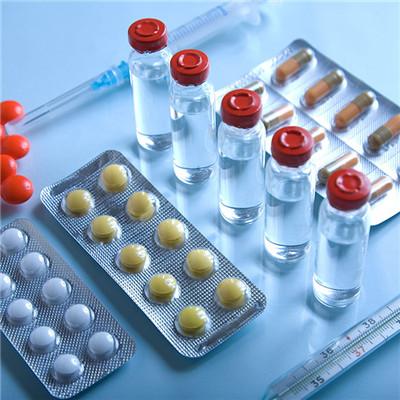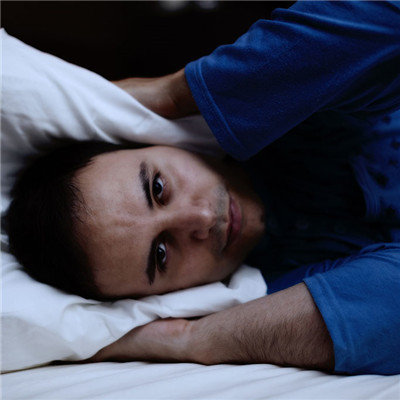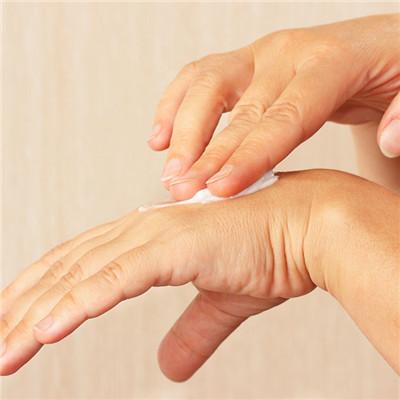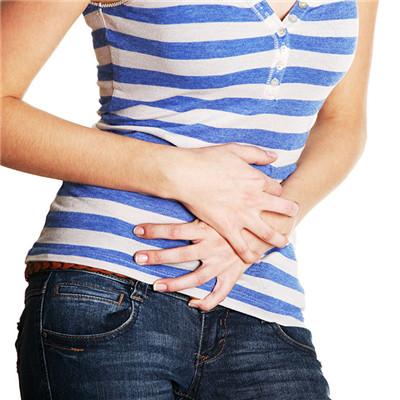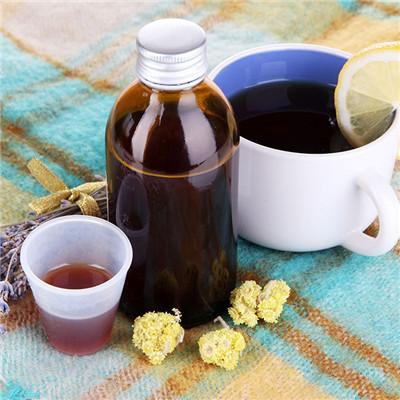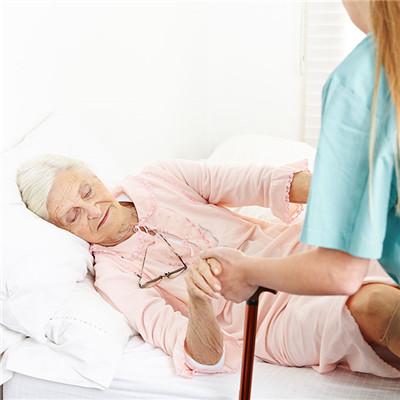How to deal with orthostatic hypotension?
summary
Orthostatic hypotension refers to a sharp drop in blood pressure when standing suddenly, resulting in damage to the stability of the internal environment. It is found in 15% - 20% of the general elderly. The prevalence increased with age, cardiovascular disease and basal blood pressure. How to deal with orthostatic hypotension? Next, I'd like to share my views with you.
How to deal with orthostatic hypotension?
First, the disease should be treated comprehensively. When sleeping, the head of the bed can be raised by 25-30cm. The patient should move slowly when sitting or standing up from the supine position. After taking the upright position, appropriate muscle exercise can promote venous blood return, which can reduce syncope attack. When there is a sign of cerebral insufficiency, squat or lie down immediately, and keep your head as low as possible, which may help. Wearing space pantyhose can avoid blood gathering in the lower limbs when standing upright.
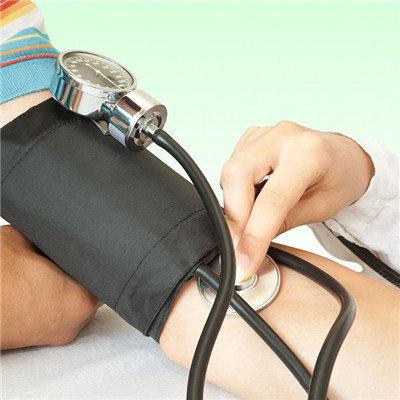
Second: can give 9- α Flurocortisone and sodium salt were used to expand blood volume. During the treatment, the blood pressure was measured every morning and evening until there was no orthostatic hypotension or significant weight gain. Dihydroergotamine can increase cardiac output and cause vasoconstriction, and reduce the amount of blood stored in the lower body in upright position. 2-10 mg per day is effective for some patients, and some patients need more than 20 mg per day.
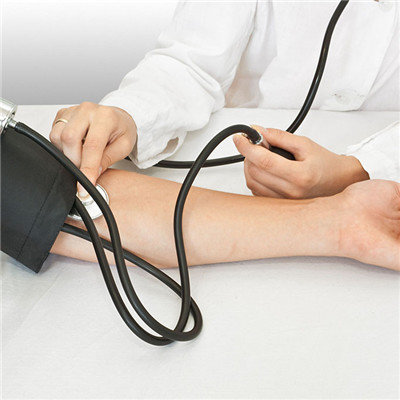
Third: indomethacin (indomethacin) can increase the blood pressure of patients in upright position by 2.7-4.0 kPa (20-30 mmHg) when the daily dose reaches 150 mg, eliminate syncope, and is also effective for accompanying diarrhea symptoms. In some patients with severe orthostatic hypotension and increased dopamine excretion, the symptoms can be improved by using carbidopa to inhibit the synthesis of dopamine outside the brain.
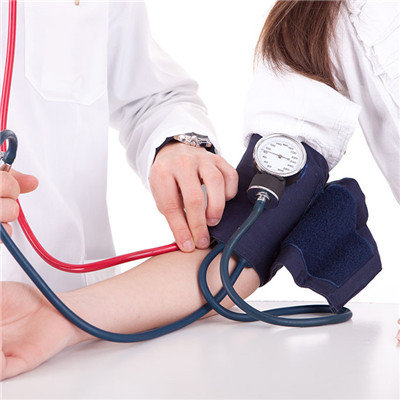
matters needing attention
1. Choose a proper diet with high sodium and cholesterol. Sodium chloride (i.e. table salt) should be taken 12-15g per day. Cholesterol containing brain, liver, eggs, cream, fish eggs, pig bone and other food, often eat an appropriate amount, can make blood pressure rise. 2. Eat less winter melon, watermelon, celery, hawthorn, balsam pear, mung bean, garlic, kelp, onion, sunflower seed and other food with antihypertensive effect.
